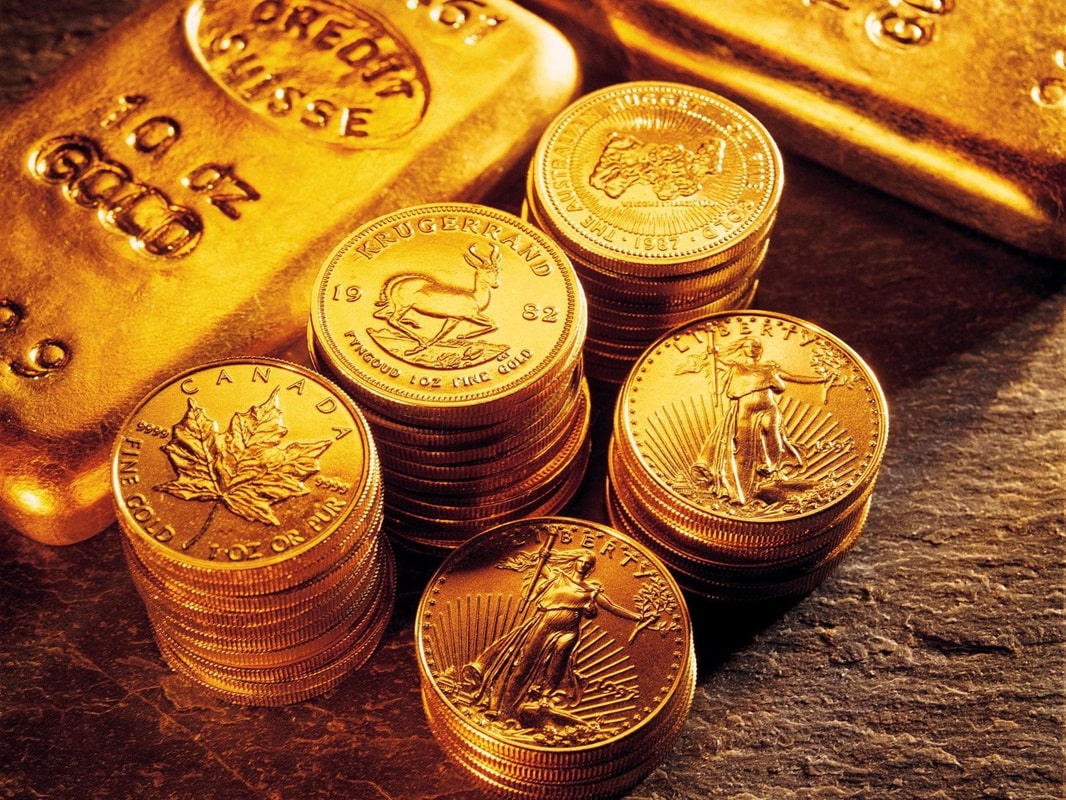
Gold has long been seen as a safe haven in uncertain times, and gold coins remain a favourite among investors. But when it comes to rare gold coins, prices can soar far beyond the metal’s market value. So, what makes these coins more expensive—and are they really worth the extra cost?
Understanding the difference between bullion and rare coins is key. Bullion coins are valued for their gold content. Rare coins, on the other hand, carry historical significance, limited mintage, and collector interest. These factors can push their prices well above their melt value.
Read More: Are Gold Coins A Good Investment
A rare gold coin isn’t just old. Rarity depends on several things—mintage numbers, condition, historical context, and collector demand. A coin with low production that’s still in pristine condition becomes highly desirable in the numismatic market.
For example, a Victorian-era Sovereign with a unique mint mark may be worth significantly more than a standard Sovereign from the same period. Coins from short-lived reigns, like Edward VIII, or limited commemorative issues also tend to attract high premiums.
The premium on rare gold coins reflects more than just the gold content. It includes:
Historical Value: Coins with ties to important events or reigns carry heritage and interest.
These factors combine to create value beyond weight, often making rare coins more of a collector’s piece than a straightforward investment in gold.
If your goal is to protect wealth through precious metals, bullion coins like Britannias or Sovereigns are more suitable. They track closely with the gold spot price, are easy to sell, and are CGT-exempt in the UK.
Rare gold coins, by contrast, behave more like collectibles. Their value depends heavily on the numismatic market, which doesn’t always move in sync with gold prices. This means they can rise or fall in value regardless of what’s happening in the wider gold market.
Who Should Consider Rare Gold Coins?
Rare gold coins may be worth the premium if you:
These coins often appeal to those who want to diversify their gold holdings with something unique. They also make meaningful gifts or heirlooms due to their rich historical narratives.
Before buying, do your research or speak to a reputable dealer. Factors to consider include:
Always compare dealer prices, and avoid overpaying simply because a coin is labeled “rare.”
While rare coins can deliver impressive returns, they come with risks:
This is why rare coin investment suits individuals who are knowledgeable or working with advisors experienced in the numismatic space.
Buying from established dealers ensures authenticity and fair pricing. Look for sellers who offer:
Avoid marketplaces with unverified sellers unless you’re confident in spotting counterfeits. Reputable dealers, such as Gold Investments, offer a curated selection of genuine rare gold coins, backed by decades of experience.
Many investors build a blended portfolio with both bullion and rare coins. Bullion provides market-linked stability, while rare coins offer potential for higher returns through appreciation.
This balance helps manage risk while also giving you the opportunity to enjoy the historical and artistic side of coin ownership. If you already invest in gold, adding a few well-chosen rare coins could enhance both the value and depth of your portfolio.
Rare gold coins can be worth the premium—but only if you know what you’re buying. They offer unique benefits: historical richness, scarcity, and long-term potential. However, they also carry more complexity and risk compared to standard bullion coins.
If you’re looking to diversify your gold investment and have an interest in history or collecting, rare gold coins can be a valuable and enjoyable part of your strategy. Just remember to buy wisely, do your research, and consult trusted dealers when adding these coins to your holdings.
| Categories: | Services / Insurance & Financial Services |
| Phone: | 020 7283 7752 |
| Address: | 11-12 Tokenhouse Yard, London, EC2R 7AS |
| Email: | info@goldinvestments.co.uk |